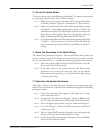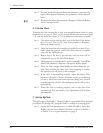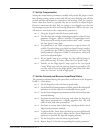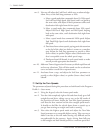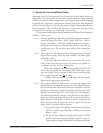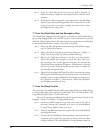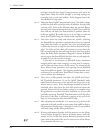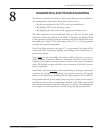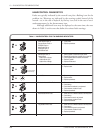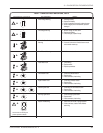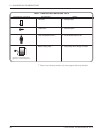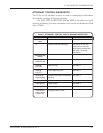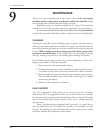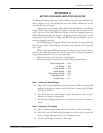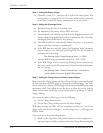
47
Curtis enAble
®
40-Series Manual, Rev. B
8
8 — DIAGNOSTICS & TROUBLESHOOTING
DIAGNOSTICS AND TROUBLESHOOTING
The 40-series control system detects a wide variety of faults or error conditions,
and communicates information about them in three ways:
• By the icons displayed in the LCD on the user handcontrol
• By flashing LEDs on the attendant control
• By displaying the fault name in the programmer’s Faults menu.
The alerts indicated on the handcontrol LCD give the user a pretty good
indication of what the problem is (see Table 1). Similarly, the flashing LEDs
on the attendant control provide the attendant with basic information about
the problem (see Table 2). The Faults menu of the 1311 or 1314 programmer
provides more specific information.
If the Error Beep parameter (see page 27) is programmed On, faults will be
announced with a continuous beeping, and warnings with a double beep re
-
peated every minute.
Some
faults are not recoverable, and require a field technician to replace or
repair a system component. However, sometimes the fault circuits catch a
temporary or extreme event that is not a true fault in the system. Turning the
power off and back on again will allow you to determine if the fault is perma-
nent or repeatable.
Some faults, and most
warnings, can be remedied by correcting an operational
condition: for example, in response to a Low Battery warning, recharge the
battery; or in response to a problem with the lights, replace a worn-out bulb.
If the problem doesn’t go away when power is recycled, or if the precise nature of
the fault isn’t clear, connect a programmer and look in the Faults menu to find
more information about the precise fault that is occurring. The problem may
be as simple as a loose connection or faulty wiring that can be easily fixed.



